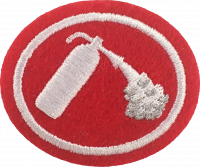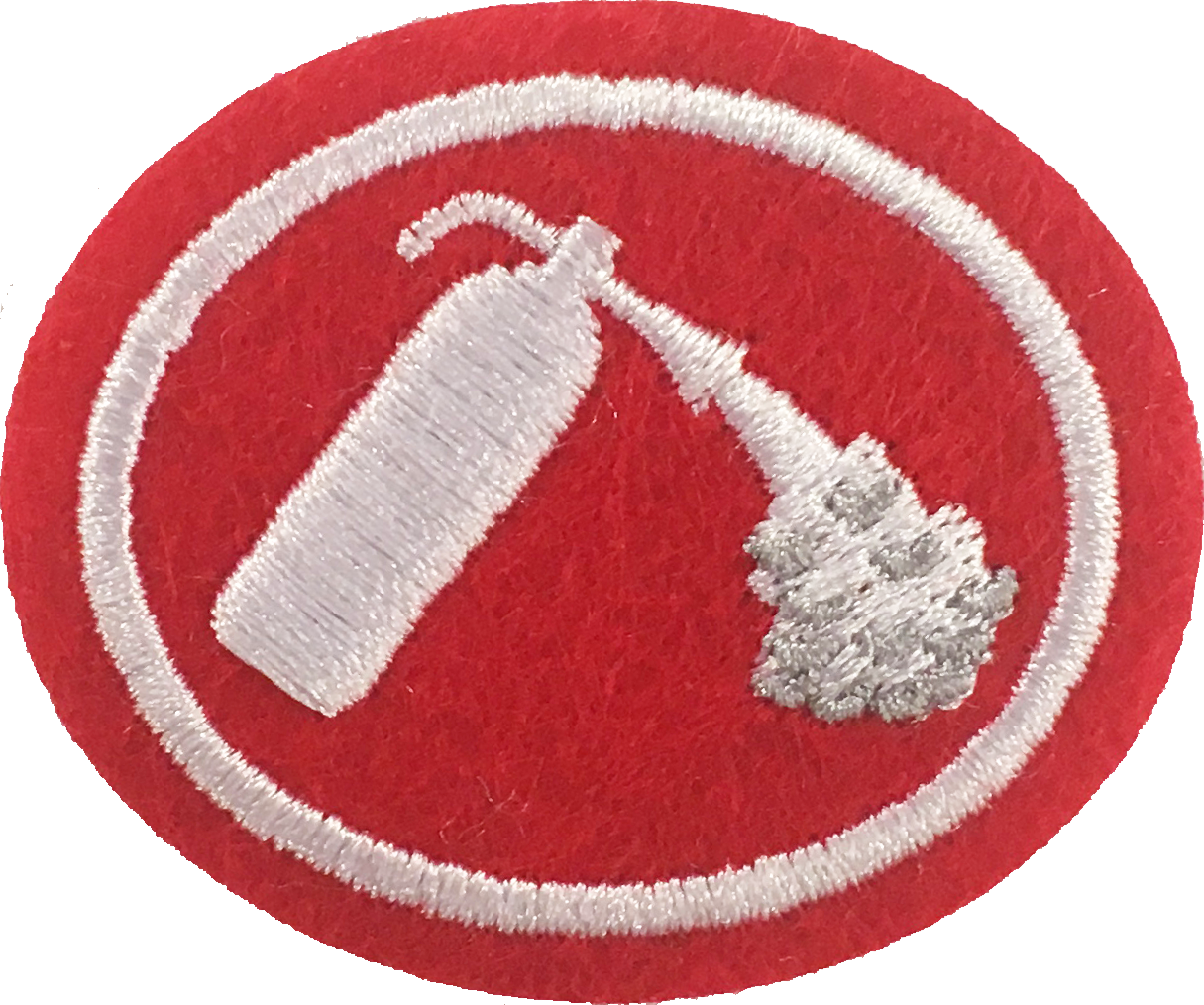Difference between revisions of "AY Honors/Fire Safety/Requirements/es"
(Created page with "</noinclude> ¿Dónde se deben colocar detectores de humo en la casa? <noinclude>") |
(Created page with "</noinclude>¿Qué es un detector de monóxido de carbono y cómo funciona? <noinclude>") |
||
| Line 21: | Line 21: | ||
<noinclude></noinclude><section end=req4b /></b> | <noinclude></noinclude><section end=req4b /></b> | ||
| − | :<b>c. <section begin=req4c /><noinclude> | + | :<b>c. <section begin=req4c /><noinclude></noinclude>¿Qué es un detector de monóxido de carbono y cómo funciona? |
| − | </noinclude> | + | <noinclude></noinclude><section end=req4c /></b> |
| − | <noinclude | ||
| − | |||
:<b>d. <section begin=req4d /><noinclude><div lang="en" dir="ltr" class="mw-content-ltr"> | :<b>d. <section begin=req4d /><noinclude><div lang="en" dir="ltr" class="mw-content-ltr"> | ||
Revision as of 17:58, 17 May 2021
Nivel de destreza
1
Año
2012
Version
14.11.2025
Autoridad de aprobación
Asociación General
1. Tener la especialidad de Alerta roja.
2. Visitar a un parque de bomberos o escuchar a un bombero hablar con su club o escuela.
3. Organizar y hacer un simulacro de incendios en la escuela, el templo, u otro edificio público. Desarrollar un mapa de escape para uno de los edificios. ¿Qué información debe tener el mapa de escape?
4. Contestar las siguientes preguntas sobre los detectores de humo y monóxido de carbono:
- a. ¿Qué es un detector de humo y cómo funciona?
- b. ¿Dónde se deben colocar detectores de humo en la casa?
- c. ¿Qué es un detector de monóxido de carbono y cómo funciona?
- d.
Where should Carbon Monoxide detectors be placed in the home?
Fire Extinguishers - Complete all of the following:
- a.
Know and understand the different classes of fires and the types of extinguishers needed to put them out.
- b.
With a qualified instructor, know how to use a fire extinguisher to put out a small fire.
- c.
Know when to quit attempting to put out a fire and evacuate. Discuss the reasons why keeping a clear exit is important.
- d.
Properly inspect a minimum of five (5) fire extinguishers in your school, church, or other public building. Report your findings to your instructor or group.
6.
Know what to look for during a fire safety inspection. Perform a fire safety inspection of your house and present your findings to your parents. Then perform a fire safety inspection of one of the following and present your findings to the leaders of the institution. Be prepared to give suggestions and answer questions that arise.
- a. Your church
- b. Your school
- c. Other public building
7.
What guidelines and precautions must you take before starting a camp or trash fire?
8.
Serve your community in regards to fire safety by doing one of the following:
- a.
Provide smoke detector battery replacements for your neighborhood or community.
- b.
Assist an elderly neighbor in making their residence fire safe.
- c.
Participate in a fire safety awareness campaign in your neighborhood or community.
9.
Discuss how the following Bible verses apply to fire safety, both temporally and spiritually.
- a.
Isaiah 43:2
- b.
James 3:5, 6


